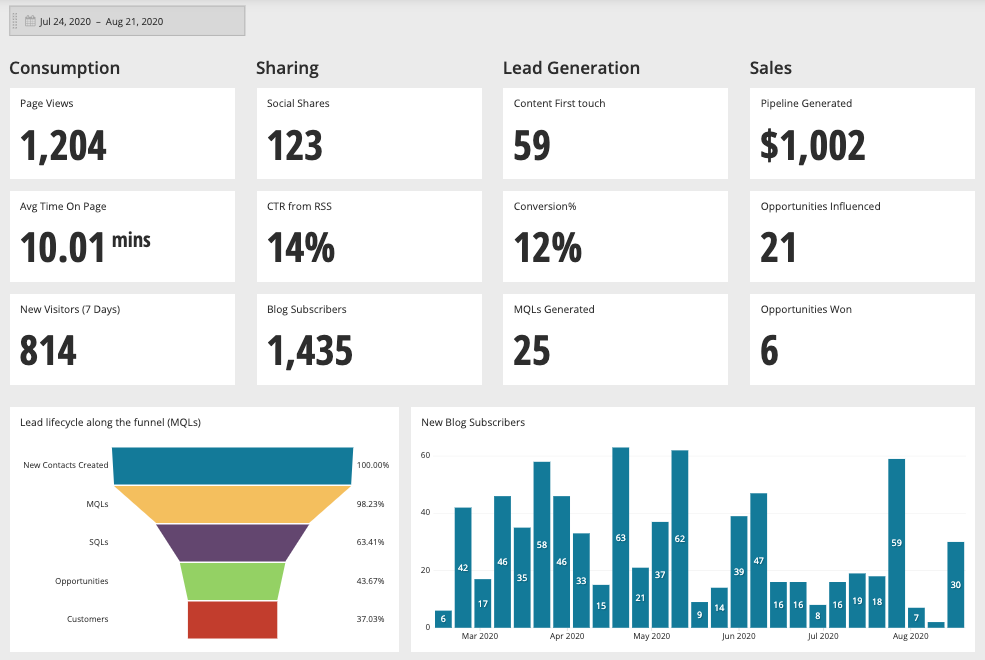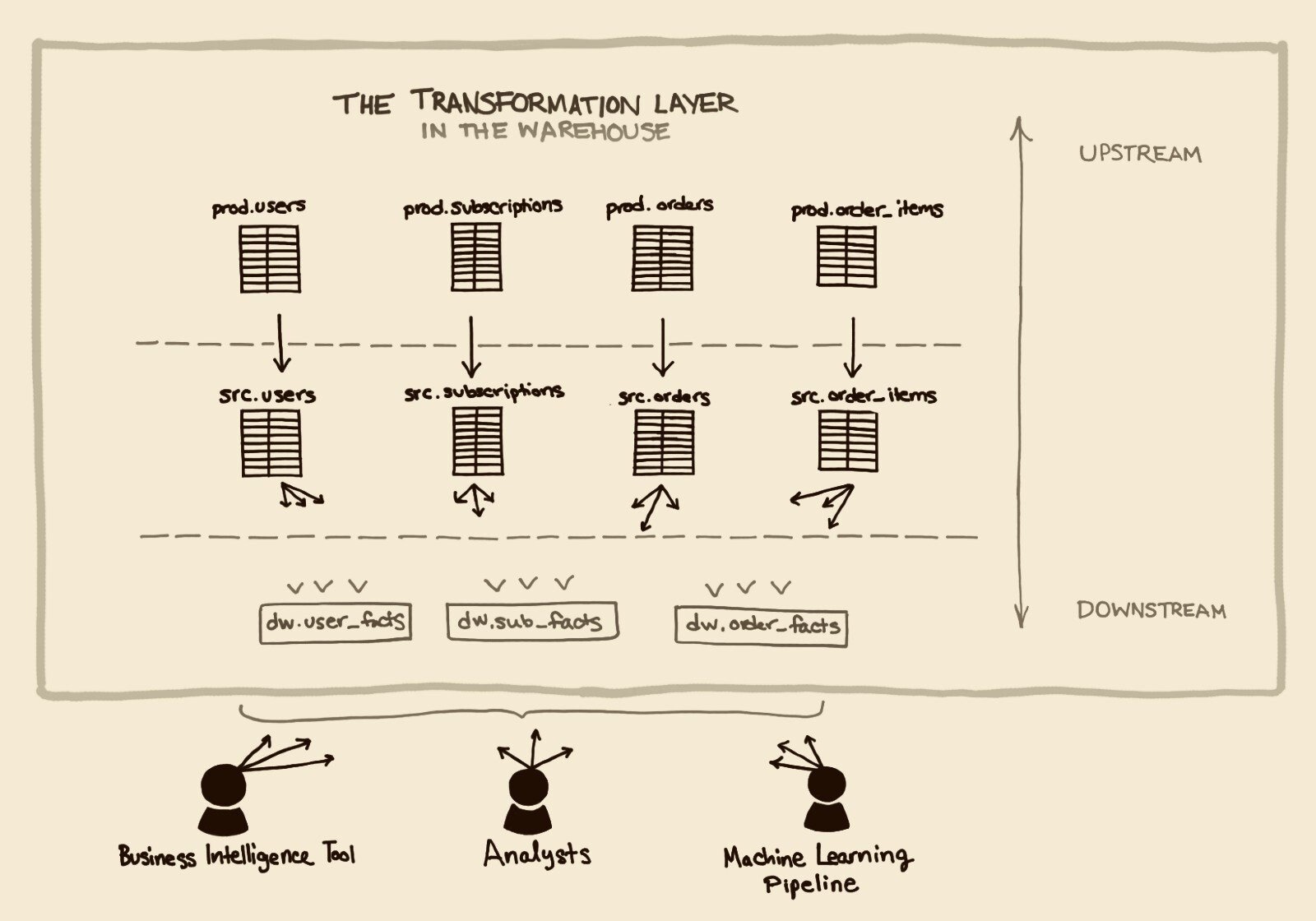When to Invest in a Data Warehouse
Posted by on August 25, 2016 Data Governance
In our blog post How to Choose the Right Database for Your Data Strategy, we provided a strategy in how to choose an operational database that will suit your company’s long-term needs. As an operational database is crucial for processing and storing transactional data, like product usage or contact information, data warehouses play an integral role in turning static data into insights.
On a superficial level, databases and data warehouses may appear the same. But, there are important differences between the two systems. As databases specialize in collecting transactional data, a data warehouse is optimized for storing, filtering, consuming and analyzing large volumes of data.
With this crucial difference in mind, we’re going to further define data warehouses, uncover the advantages and share how to turn data into insights through analytics tools.
What is a Data Warehouse?
A data warehouse, sometimes known as a reporting database, is typically an online analytical processing (OLAP) database and acts as a layer on top of an operational database—like MySQL. Unlike an Online Transactional Processing (OLTP) database where it collects data from a single database, an OLAP centralizes data from disparate sources into one database.
A data warehouse’s process is simple: data is extracted from a data source, imported into a data warehouse in batches via an ETL (Extract, Transform, Load) tool and then enriched with complementary data as it awaits to be analyzed.
Data warehouses consolidate data into a central repository with the goal of performing queries on the data to surface business insights. With that, data warehouses are typically read-only or append-only systems (more on the benefits of this later).
The Benefits of a Data Warehouse
If your company has already invested in a database, you might be thinking that you don’t need a data warehouse. Sure, you can perform queries on your operational database and get results. But, once your data has reached a certain volume and the number of queries grows exponentially—the operational database won’t be able to handle all of that while being performant.
For most companies, an operational database performs mission-critical tasks like tracking product usage and activations. To ensure performance, it’s best practice to perform queries on a data warehouse.
Having said that, here’s a shortlist of the benefits in using a data warehouse:
-
A data warehouse is specifically architected to facilitate reporting and analysis. It can handle large queries that would previously slow down an operational database
-
There’s no need to normalize a data warehouse as it’s typically read-only
-
Ability to duplicate data and run as many queries as needed to get faster reports and analytics
-
You can have different data sets within your data warehouse for different reporting needs
-
Your development team can change the operational database without needing to augment the data warehouse
-
A cloud-based data warehouse reduces cost and can increase return on investment (ROI) for your company
Goals of a Data Warehouse
Even though data is a key asset to your company, sometimes that data isn’t used to its full potential. We can’t stress it enough: raw data isn’t insights.
Thus, the fundamental goal of a data warehouse is to enable users to have access to data, run queries and allow data to influence decision-making. In bringing together data from disparate sources, users are able to gain a single source of truth.
Providing Accessibility to Data
Data warehouses are accessed by running queries across an entire data set and generates a report that answers the query. With that, data warehouses are typically read-only and append-only as this allows for easy accessibility.
Being Cost Effective
For cloud-based data warehouses, their goal is to be a cost-effective alternative to legacy systems. With its low cost (with popular choice Google BigQuery starting at $0.02/GB/month), companies are using data warehouses to store historical data or additional information to enrich their existing collected data.
The sheer ability for companies to store large volumes of historical data is an incredible feat for companies. For growing e-commerce companies, they’ll be able to determine merchandise orders based on past seasons and Sales teams will be able to forecast revenue more accurately.
Supporting Data-Driven Decisions
Ultimately, the foremost goal of data warehouses is to support data-driven decision-making at every level. Data warehouses need to be the single source of truth for reporting, tracking metrics and data analysis via reporting and business analytics tools.
Getting Analytics from a Data Warehouse
Since a data warehouse is architected with fewer joins, data is denormalized to increase query times and allows for an easier interaction. Through this ease of use, it allows even the limited SQL user to achieve their analytical needs.
With a simplified structure, when working in conjunction with a Business Intelligence (BI) tool, it allows users to perform different types of analyses such as:
-
Predictive: Based on this product release, what will happen to overall product usage?
-
Prescriptive: There has been a decrease in product usage, what can proactively be done to eliminate the problem?
-
Descriptive: Discover an uptick in usage at 11am PST in one geographical location.
-
Diagnostic: Why there was an uptick in usage?
BI tools transform large volumes of data into dashboards and reports that are insightful, easy to understand and facilitates business decisions. Of the types of analyses that can be performed, BI users have been able to discern recurring revenue, optimize Marketing channels and were instantly notified of up-sell opportunities.
Data warehouses are paramount in turning data into meaningful insights. Stay tuned for our larger overview on the competitive data warehouse market in an upcoming blog post where we discuss popular data warehousing options including Amazon Redshift and Google BigQuery.
For additional resources on data warehouses, tune in to our upcoming webinar on how Meteor uses Segment, Amazon Redshift and Chartio to grow their open source JavaScript and GraphQL platforms.


